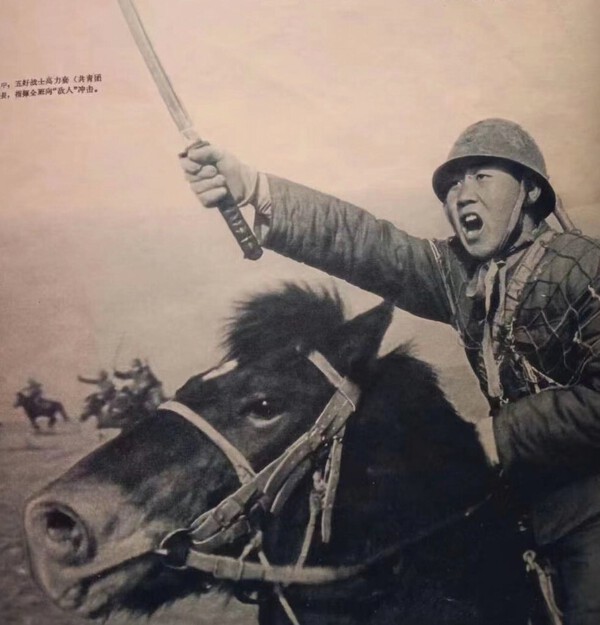-
Posts
1,558 -
Joined
-
Last visited
-
Days Won
8
BANGBANGSAN last won the day on September 21 2024
BANGBANGSAN had the most liked content!
Profile Information
-
Gender
Male
-
Location:
Sunshine State FL
-
Interests
WW2 Japanese Gunto
Profile Fields
-
Name
Trystan
BANGBANGSAN's Achievements
-
John This is Zoheito not Murata-to
-
NLF officer did not necessarily always carry Type 97s; some also carried personal katanas in simplified (略装) or civilian mounts. Some had one hanger, while others had two。
-
Bruce The sword in the photo doesn’t look like a Type 95. The scabbard has no suspension ring like T95, and the handle is clearly longer than Type 95. It’s likely a privately owned sword brought to war — a military-carried personal katana, in a civilian mount like this one.
-
This fitting was made by 尚兵館軍裝株式會社 Shōheikan Military Uniform Co., Ltd. The company specialized in cloth-wrapped and lacquered wooden scabbard fittings for military swords, and applied for (and obtained) a patent number for this design. P.S.: Swords forged by 23rd generation Kanefusa Fujiwara 二十三代藤原兼房, were sold exclusively through this company.
-
-
-
This "造“ mark was used by Bandung Arsenal in Bandung ,western Java Island,it was also seen on the Japanese captured and reused Dutch M1895 bayonets. Bandung Arsenal (バンドン造兵廠 / Bandung Arsenal) Originally was a Dutch East Indies Army weapons and ammunition repair facility known as Artillerie Constructie Winkel (A.C.W.) Bandung.Following Japan’s occupation of the Dutch East Indies in 1942, the arsenal was taken over by the Imperial Japanese Army and reorganized as“Southern Army Field Arsenal Bandung Branch” (南方軍野戦造兵廠 バンドン支廠),commonly referred to simply as “Bandung Arsenal” (バンドン造兵廠). Main Functions:Repair and overhaul of captured Dutch and British weapons,Small-scale production of ammunition and rifle parts,Support for Japanese Army units stationed in Indonesia and Malaya.It also likely make or assembly ジャワ 刀(Java sword) for the PETA army. Southern Army Field Arsenal (南方軍野戦造兵廠 / Nanpōgun Yasen Zōheishō) Directly subordinate to the Headquarters of the Imperial Japanese Army Southern Army (main command located in Singapore).To facilitate logistics and maintenance, the Southern Army Field Arsenal established several regional branches including:Singapore Headquarters ,Bandung Branch ,Surabaya Branch ,Medan Branch.
-
@Bruce Pennington @Scogg Sorry guys, I got these photos from someone who attended a gun show a couple of days ago. I wasn’t there, so unfortunately I can’t fulfill your other requests at this time.
-
-
Sam Some of the very first version of Aluminium handle also has 11mm Brass tsuba. Also,there are some Pattern 5 with Bohi.
-

Rinji Seishiki Gunto Mei Translation
BANGBANGSAN replied to Klink's topic in Military Swords of Japan
義忠 Yoshitada 昭和二十年五月 1945 May -

Show Us Your High Class Gunto
BANGBANGSAN replied to lonely panet's topic in Military Swords of Japan
Bruce Thanks for the link. It is possible that the “特” mark without a circle on the sword does not signify “failure to pass the ordinary inspection but was nonetheless accepted for special reasons.” In the case of RJT swords, a blade that failed inspection would not have received the star stamp. It should also be noted that this type of gunto was not government-issued to officers, unlike the Type 95 and certain other weapons; rather, officers were required to purchase them at their own expense. Could the “特” mark indicate“特别訂單” (special order), perhaps connected with the 陸軍偕行社(Rikugun Kaikosha)/Army officer club or a similar institution? -

NCO type 95 ? WW2 or genuine fake ?
BANGBANGSAN replied to Ben76's topic in Military Swords of Japan
-

Leather hanger for Type 95 Cavalry 騎兵用?
BANGBANGSAN replied to BANGBANGSAN's topic in Military Swords of Japan
The PLA captured a large number of Type 32 and Type 95 swords and reissued them to their cavalry units. This is one of them. The slogan on the hanger is in Chinese. While the meaning would be understood in Japanese, this specific phrase is not commonly used in Japanese. Below are some photos of PLA cavalry using the Type 95.





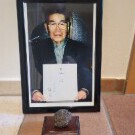



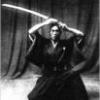



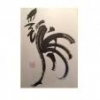




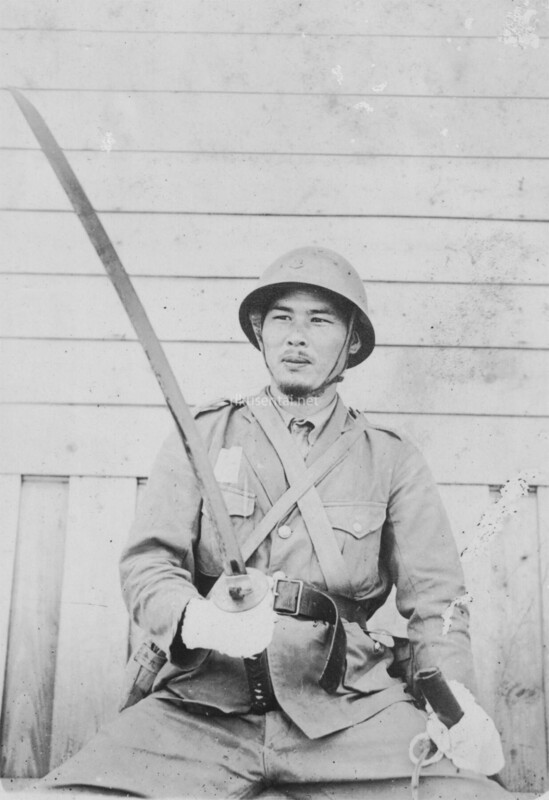
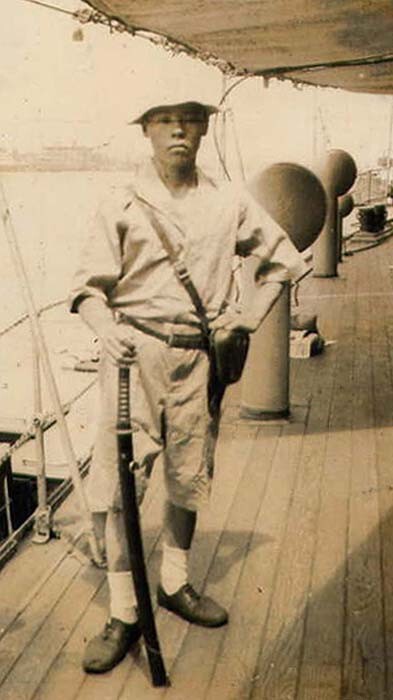

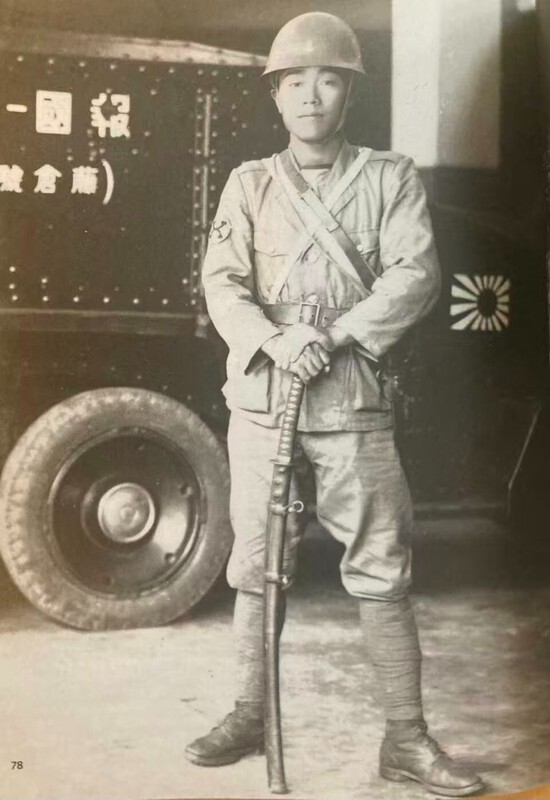

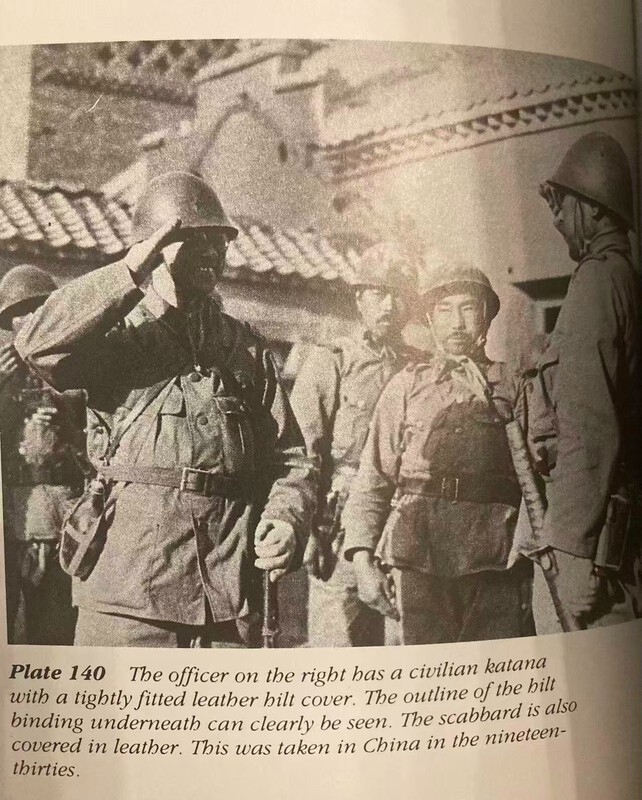

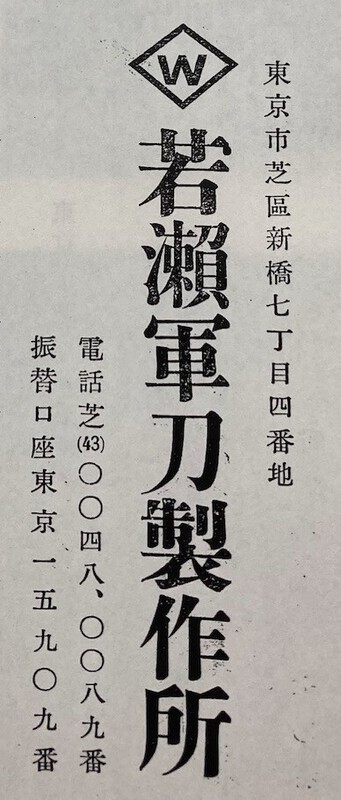







.thumb.jpg.c9749fea4ed16a30ae606586e6a83c45.jpg)
.thumb.jpg.b58e46d6cd944ec4f2aabfc5579f7e46.jpg)
.thumb.jpg.f7f0676cdba145c1230e460daf11dbaf.jpg)
.thumb.jpg.f153a2736eba3568daad5df22b8c8e5b.jpg)


